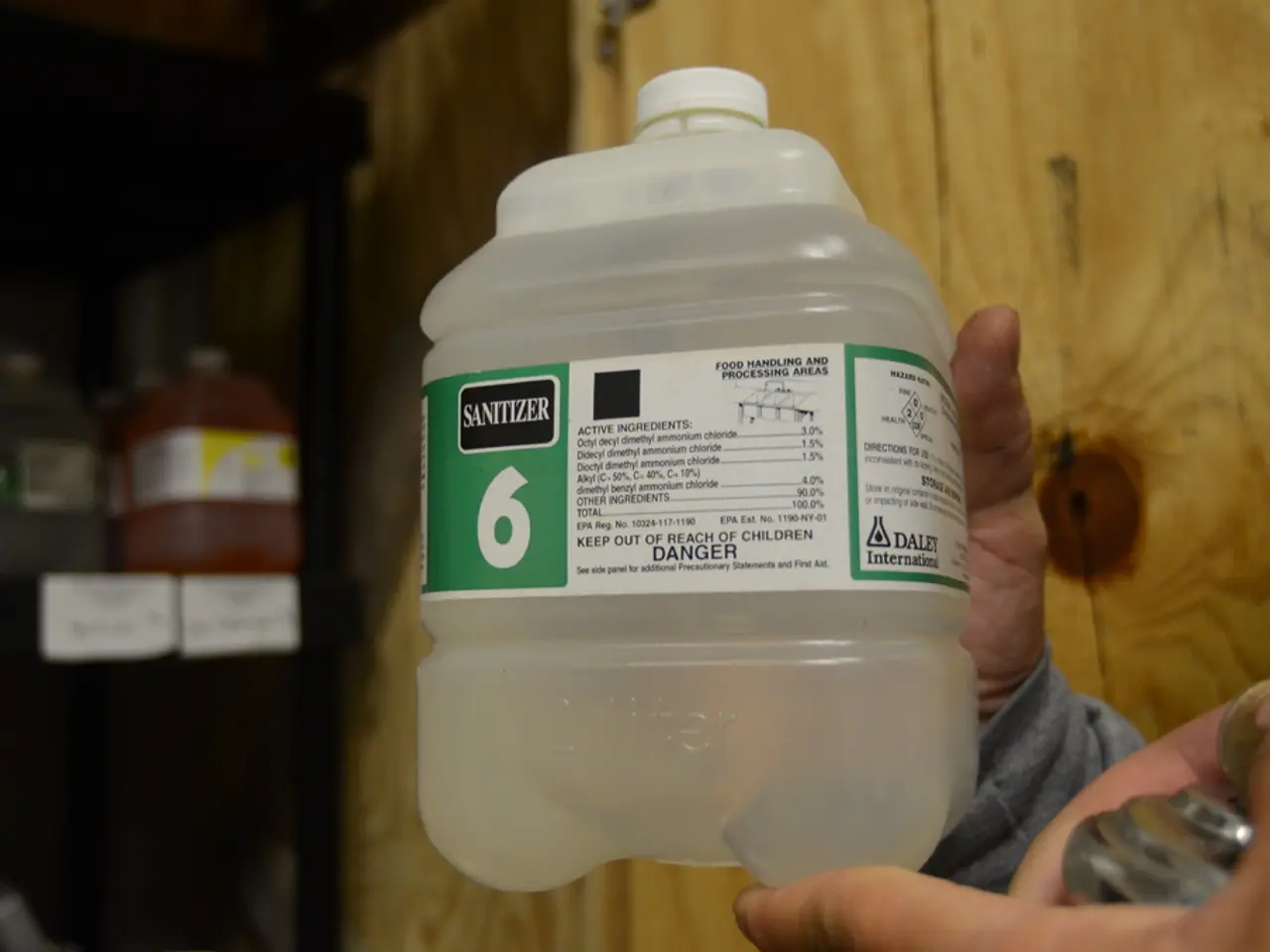Guidelines for Securing Menstrual Health: Ensuring Tampon Safety to Prevent Toxic Shock Syndrome
Toxic shock syndrome (TSS) is a rare, life-threatening illness caused by certain bacteria producing infectious toxins. For people assigned female at birth (AFAB) using menstrual products like tampons during menstruation, TSS is a potential risk. Here are some guidelines to help minimize the risk of menstrual TSS.
Choosing the Right Tampon
The key to reducing the risk of bacterial growth is to use the lowest absorbency tampon needed for your menstrual flow. The absorbency label on the tampon pack can help in choosing the right one. Remember, never use a tampon with a higher absorbency than necessary.
Changing Tampons Regularly
Change tampons every 4 to 8 hours, never leaving one in longer than 8 hours, especially overnight. Consider using pads at night if sleeping longer than 8 hours. The FDA recommends this frequency to reduce the risk of TSS.
Using Tampons Safely
Only use tampons during menstruation; do not use them at other times. Use one tampon at a time and always remove the last one at the end of your period.
Wash your hands thoroughly before and after inserting or removing a tampon to prevent introducing bacteria.
Follow all instructions provided on the tampon packaging carefully.
Do not reuse tampons; dispose of used tampons properly.
Understanding TSS
TSS can be caused by opportunistic bacteria like Staphylococcus aureus or Streptococci strains, which can enter the body through a cut on the skin or a weakened immune system. The presence of toxin-producing S. aureus on soiled tampons emphasizes the need to wash hands when handling new or soiled tampons.
Recognizing TSS Symptoms
If symptoms of TSS such as sudden high fever, vomiting, diarrhea, muscle aches, a sunburn-like rash, dizziness, or severe flu-like feelings occur, remove the tampon immediately and seek urgent medical care.
These guidelines reflect expert recommendations and have been shown to reduce the already rare incidence of TSS significantly. It's important to note that non-menstrual risk factors for TSS exist, such as retained nasal packs for nosebleeding, dialysis catheters, post-surgical infections, burns, recent influenza infection, and immunocompromised states.
Educational programs and public health policies designed for adolescents by health professionals are important to prevent menstrual TSS. Regulatory bodies like the Medicines and Healthcare products Regulatory Agency (MHRA) in the United Kingdom and the U.S. Food and Drug Administration (FDA) regulate tampons as medical devices. However, the FDA does not regulate reusable organic tampons, posing additional risks of microbial infections.
[1] Centers for Disease Control and Prevention. (2019). Toxic Shock Syndrome. Retrieved from https://www.cdc.gov/tss/cases.html
[3] Food and Drug Administration. (2018). Toxic Shock Syndrome. Retrieved from https://www.fda.gov/medical-devices/products-and-medical-procedures/toxic-shock-syndrome
[5] National Health Service. (2021). Toxic shock syndrome. Retrieved from https://www.nhs.uk/conditions/toxic-shock-syndrome/
- It is crucial to adhere to the health library's guidelines when using tampons, such as using the lowest absorbency needed, changing them every 4 to 8 hours, and only using them during menstruation, to minimize the risk of TSS.
- TSS can be caused by infectious toxins produced by certain bacteria like Staphylococcus aureus, which can enter the body through a cut on the skin or a weakened immune system, making it essential to wash hands before and after handling tampons.
- Health-and-wellness resources suggest that keeping informed about TSS symptoms like sudden high fever, vomiting, diarrhea, muscle aches, a sunburn-like rash, dizziness, or severe flu-like feelings during menstruation is crucial for women's health, as prompt removal of a tampon and seeking medical care can help manage this life-threatening illness.




